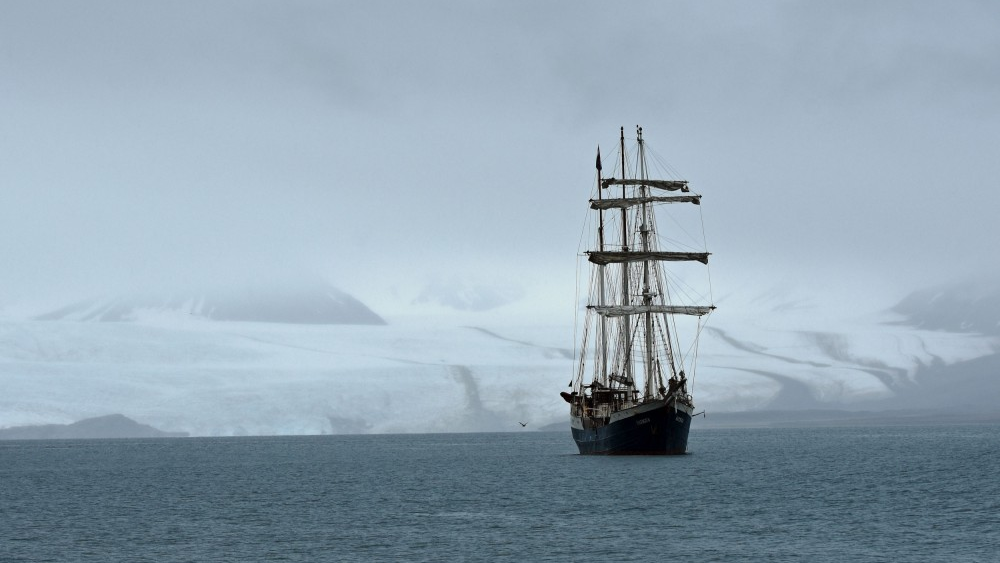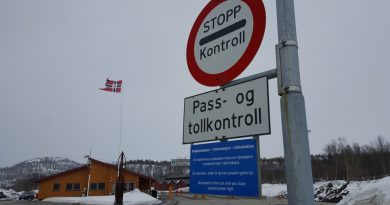Svalbard: Colder than normal for the first time in 10 years

Not since November 2011 has Svalbard had a monthly average temperature colder than normal.
“Average temperature for March was -16,2 degrees Celsius, which is 0,5 degrees under the normal,” says Jostein Mamen, Climate researcher with Norway’s Meteorological Institute.
When comparing, the normal is monthly measurements for the period 1961 to 1990.
111 months with above-average temperatures have made worldwide headlines. “The Arctic is warming twice as fast as the rest of the world,” is likely the most common said talking point in global climate change speeches, by politicians and scientists.
And in the circumpolar Arctic, Svalbard is the region warming most.
According to the Meteorological Institute, temperatures at Longyearbyen airport have increased with 5,6 degrees Celsius since 1961. For the Svalbard region, warming is six times higher than global temperature rise.
Climate researcher Ketil Isaksen with the Meteorological Institute explains the cold March with dominating winds from the north and northwest in the Arctic.
“In theory, it should have been even colder, but it has been little sea ice in the fjord outside Longyearbyen, something contributing to higher temperatures,” he says.
Although little ice in Isfjorden on Svalbard, preliminary analysis of the Arctic sea ice extent shows that there is more ice in the European Arctic than in several years.
“The 2020 maximum sea ice extent is the eleventh lowest in the 42-years satellite record, but the highest since 2013,” the National Snow & Ice Data Centre (NSIDC) reported last week.
For the first time in many years, ice has been seen south to the Bear Island, the southernmost island at the Svalbard archipelago.
KV Andenes på patrulje, mye is rundt Bjørnøya pic.twitter.com/XthMuB67MD
— Kystvakten (@kystvakten) March 26, 2020
Also, the waters east of Svalbard in the Barents Sea have seen a more southern ice extent than in the previous few years.
In Russian waters, the entire Kara Sea is ice-covered, with ice stretching as far south as the Pechora Sea south of the Vaygach island.
Related stories from around the North:
Canada: Indigenous leaders in northwestern Canada declare climate emergency, CBC News
Finland: Precipitation levels in North Finland 1.5 –2 times higher than average, Eye on the Arctic
Norway: Temperatures on Svalbard have been above normal for 100 straight months, The Independent Barents Observer
Russia: Russian climate report stresses adaptation but no reduction in fossil fuel extraction, The Independent Barents Observer
Sweden: January temperatures about 10°C above normal in parts of northern Sweden, says weather service, Radio Sweden
United States: Temperatures nearing all-time records in Southcentral Alaska, Alaska Public Media


